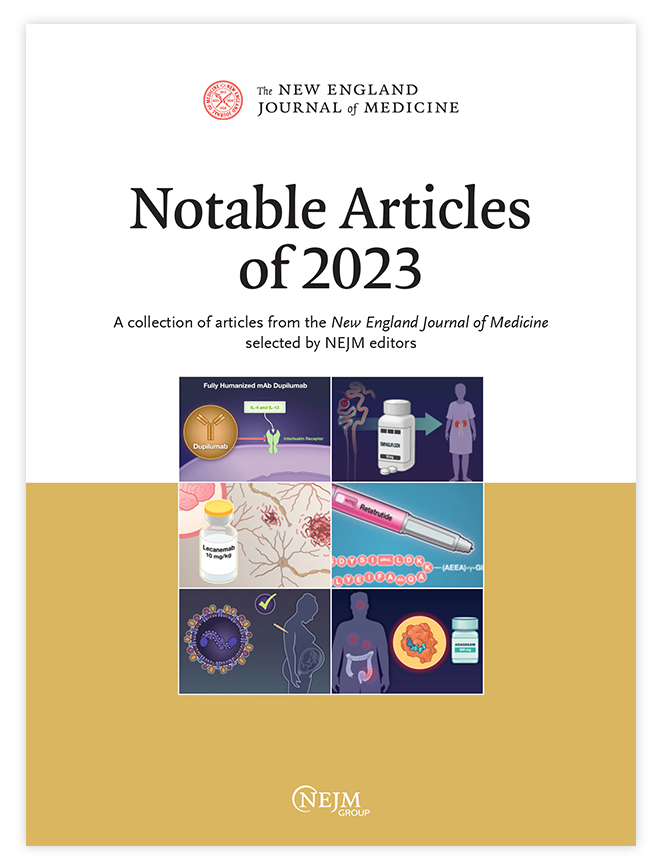Rapid Recovery of Donor Hearts for Transplantation after Circulatory Death.
IF 96.2
1区 医学
Q1 MEDICINE, GENERAL & INTERNAL
引用次数: 0
Abstract
We report a method for the recovery of hearts for transplantation from deceased donors after circulatory death that obviates the need for thoracoabdominal normothermic regional perfusion or ex situ perfusion systems. After death, the aorta is clamped and a flush circuit is established to perform a controlled, extended, ultraoxygenated flush of the donor heart at a mean aortic-root pressure of 80 mm Hg. In the first three reported cases in which this method was used, the hearts were transplanted successfully with normal biventricular function, no evidence of acute cellular or antibody-mediated rejection, and excellent early postoperative outcomes. No adverse events were reported during the perioperative period. By avoiding the limitations of ex situ perfusion platforms as well as the controversial aspects of thoracoabdominal normothermic regional perfusion, this method of heart recovery offers the possibility of broad application.供体心脏在循环性死亡后的快速恢复
我们报道了一种在循环性死亡后从死亡供体恢复用于移植的心脏的方法,该方法无需胸腹恒温区域灌注或非原位灌注系统。死亡后,夹住主动脉,建立冲洗回路,在平均主动脉根压为80毫米汞柱的情况下,对供体心脏进行受控的、扩展的、超氧冲洗。在最初报道的三个使用这种方法的病例中,心脏移植成功,双心室功能正常,无急性细胞或抗体介导的排斥反应,术后早期预后良好。围手术期无不良事件发生。通过避免非原位灌注平台的局限性以及胸腹恒温区域灌注的争议性方面,这种心脏恢复方法提供了广泛应用的可能性。
本文章由计算机程序翻译,如有差异,请以英文原文为准。
求助全文
约1分钟内获得全文
求助全文
来源期刊

New England Journal of Medicine
医学-医学:内科
CiteScore
145.40
自引率
0.60%
发文量
1839
审稿时长
1 months
期刊介绍:
The New England Journal of Medicine (NEJM) stands as the foremost medical journal and website worldwide. With an impressive history spanning over two centuries, NEJM boasts a consistent publication of superb, peer-reviewed research and engaging clinical content. Our primary objective revolves around delivering high-caliber information and findings at the juncture of biomedical science and clinical practice. We strive to present this knowledge in formats that are not only comprehensible but also hold practical value, effectively influencing healthcare practices and ultimately enhancing patient outcomes.
 求助内容:
求助内容: 应助结果提醒方式:
应助结果提醒方式:


